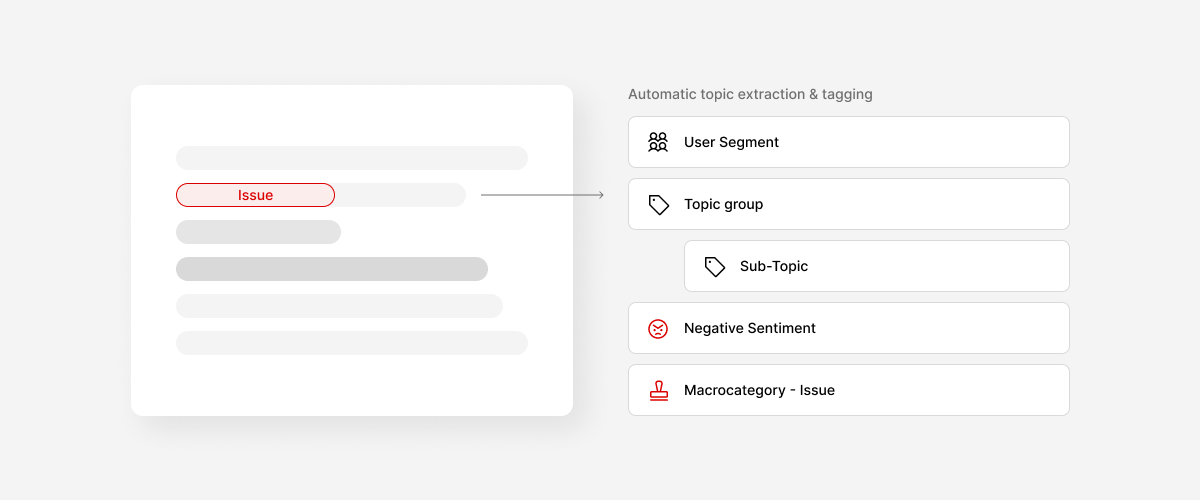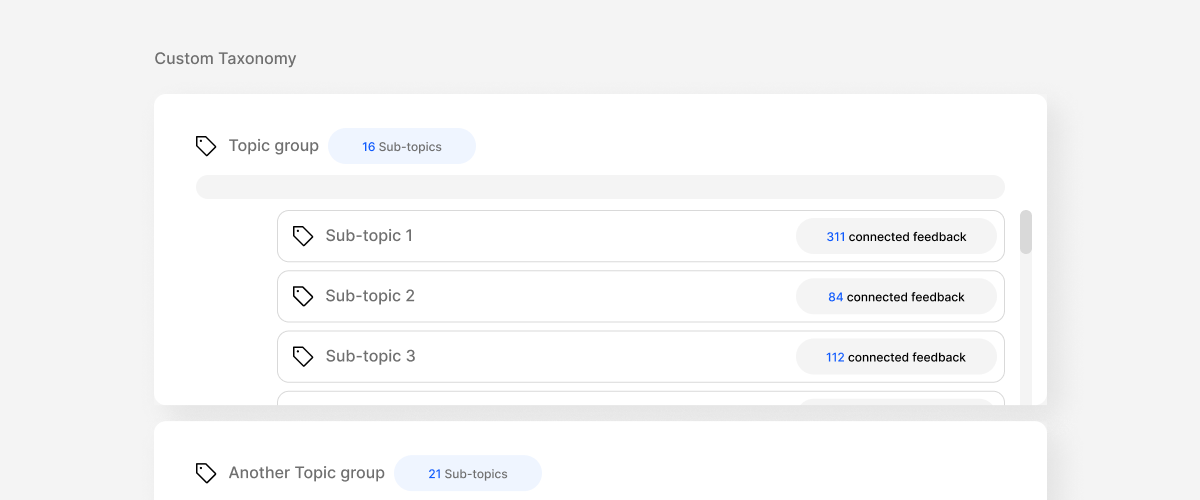The Agile Manifesto: A Brainchild of Software Rebels
In 2001, a group of rogue software developers (yes, you read that right) felt the traditional "waterfall" method, with its rigid plans and sequential steps, was stifling innovation and responsiveness. So, they gathered in a snowy Utah ski resort (because why not?), and out came the Agile Manifesto.
This 12-principle manifesto outlined their core values:
- Prioritize customer satisfaction through continuous delivery of valuable software.
- Welcome change, even late in development – because flexibility is key!
- Deliver working software frequently – ditch the big bang releases and show progress often.
- Collaborate with business people and developers daily – break down silos and work as a team.
- Build projects around motivated individuals – trust and empower your team members.
- Face-to-face conversation is the most efficient and effective – communication is king!
- Working software is the primary measure of progress – forget fancy plans, focus on results.
- Sustainable development – pace yourselves for the long haul.
- Continuous attention to technical excellence and good design – keep your code clean and maintainable.
- Simplicity – the art of maximizing the work not done – is essential – focus on what matters most.
- The best architectures, requirements, and designs emerge from self-organizing teams – give your team autonomy and watch the magic happen.
- Regularly reflect on how to become more effective – always strive to improve!
The Agile Way: The 12 Principles for Software Development
The Agile Manifesto isn't just a cool name. It's a pirate's treasure map for software development, guiding teams towards customer satisfaction and continuous improvement. But alongside the four core values, there are also 12 key principles that provide even more detail on how to navigate the choppy seas of software development. Let's dive in!
Agile Principle 1: Keeping Customers Ahoy!
"Our highest priority is to satisfy the customer through early and continuous delivery of valuable software."
In the world of SaaS (Software as a Service), keeping customers happy is paramount. They can easily jump ship if things aren't smooth sailing. This principle encourages teams to bridge the gap between initial ideas and a working product. The sooner customers get their hands on it, the sooner you can gather feedback and make improvements.
Agile Principle 2: Embrace the Change!
"Welcome changing requirements, even late in development. Agile processes harness change for the customer's competitive advantage."
The software landscape is constantly in flux. To stay afloat, you need to adapt. Be prepared to monitor changing requirements, no matter when they arise. Embrace the opportunity to improve your product based on evolving market needs and customer feedback.
Agile Principle 3: Release the Sprints!
"Deliver working software frequently, from a couple of weeks to a couple of months, with a preference to the shorter timescale."
The Agile philosophy says forget the big bang release and ship new features regularly. These smaller releases, often the result of sprints (focused development periods), allow you to validate ideas, gather feedback, and keep customers engaged.
Agile Principle 4: Business and Dev, Hand in Hand!
"Business people and developers must work together daily throughout the project."
Building a product in isolation is a recipe for disaster. As product leader Marty Cagan says, a product is about customers, business objectives, and technology, not just one of them. Frequent communication between cross-functional teams fosters trust, transparency, and ultimately, better products.
Agile Principle 5: Empower Your Crew!
"Build projects around motivated individuals. Give them the environment and support they need, and trust them to get the job done."
An agile team is only as strong as its members. Assemble a crew you trust to deliver high-quality work. Provide them with the right environment, support, and resources, and ditch the micromanagement.
Agile Principle 6: Face-to-Face for the Win!
"The most efficient and effective method of conveying information to and within a development team is face-to-face conversation."
In the fast-paced world of software development, real-time communication is key. While tools like Slack are helpful, there's no substitute for a good face-to-face chat. Even for remote teams, video conferencing can bridge the gap.
Agile Principle 7: Working Software is the Treasure!
"Working software is the primary measure of progress."
Don't get bogged down by fancy documentation or side projects. Software teams have one job: build and release working software. Focusing on this core metric allows agile teams to ship updates efficiently.
Agile Principle 8: Sustainable Development for the Long Haul!
"Agile processes promote sustainable development. The sponsors, developers, and users should be able to maintain a constant pace indefinitely."
While the agile pace might seem demanding, this principle emphasizes the importance of sustainable development. Ensure a good work-life balance and maintain high morale for consistently high-quality output.
Agile Principle 9: Clean Code, Smooth Sailing!
"Continuous attention to technical excellence and good design enhances agility."
The Agile Manifesto champions frequent releases, but it also stresses the importance of maintaining quality. This means keeping your code clean and tidy, and designing your product for future development ease. This keeps the ship sailing smoothly in the long run.
Agile Principle 10: Prioritize Ruthlessly!
"Simplicity – the art of maximizing the amount of work not done – is essential."
Don't waste development time on irrelevant features. The Agile Manifesto encourages teams to focus on the most important things. This requires strategic thinking and ruthless prioritization.
Agile Principle 11: Self-Organizing for Efficiency!
"The best architectures, requirements, and designs emerge from self-organizing teams."
Traditional hierarchies often have a single decision-maker at the top. The Agile Manifesto promotes a flatter structure where everyone has a say. This can lead to more efficient software development.
Agile Principle 12: Chart Your Course Continuously
"At regular intervals, the team reflects on how to become more effective, then tunes and adjusts its behavior accordingly."
One of the cornerstones of the Agile Manifesto is continuous learning and improvement. This applies not only to the product itself but also to the team's processes and methodologies.
Regularly, take a step back and assess your team's effectiveness. Identify areas for improvement and adapt your approach to become more agile and efficient. Embrace the spirit of a learning expedition, constantly seeking ways to optimize your journey.
The Most Important Agile Principles:
While the Agile Manifesto doesn't prioritize the principles, some key themes emerge:
- Continuous feedback: Gather feedback from users and constantly iterate based on their input.
- Effective communication: Foster strong communication across all team members to ensure everyone is on the same page.
- Flexibility: Be prepared to adapt to changing needs and requirements, embracing agility as your superpower.
Perhaps the most valuable takeaway from the 12 principles is to remember your core purpose. As a software development team, your north star is to build and release valuable software. Keep this principle at the helm (Agile Principle 7), and the other values and principles will naturally fall into place, guiding you on your successful voyage.



























